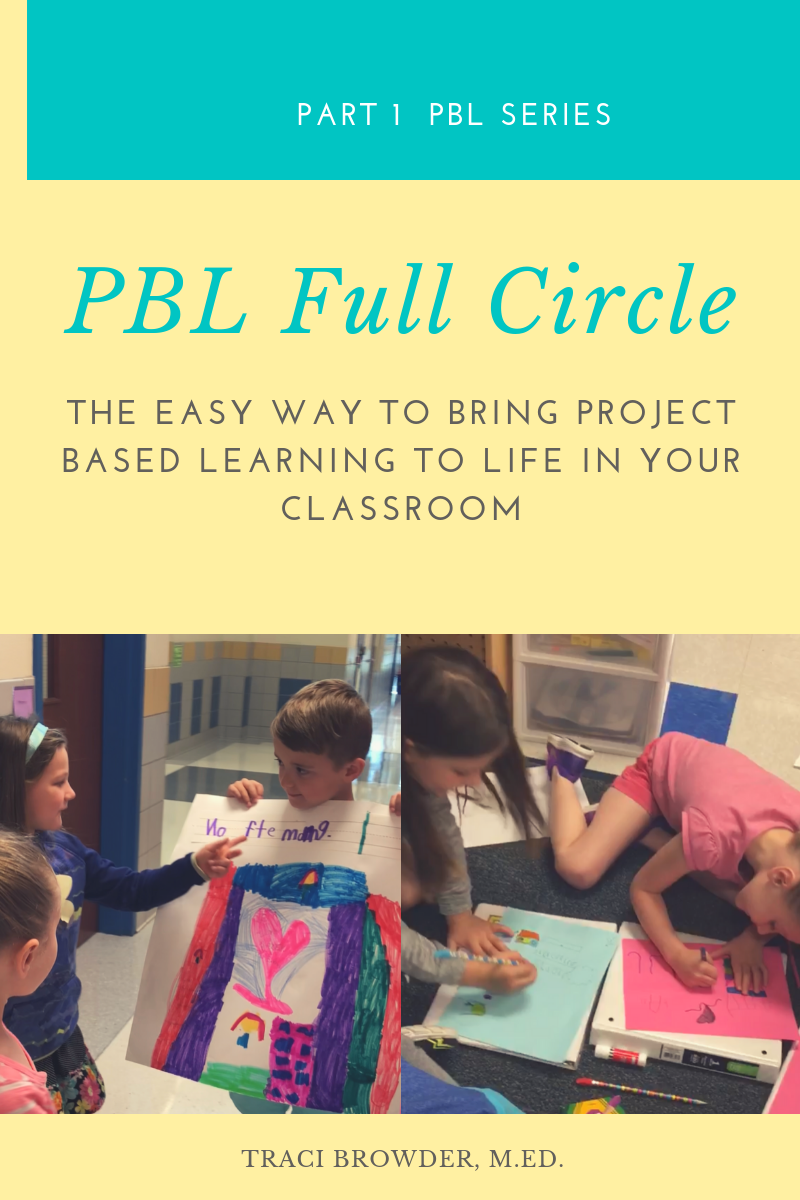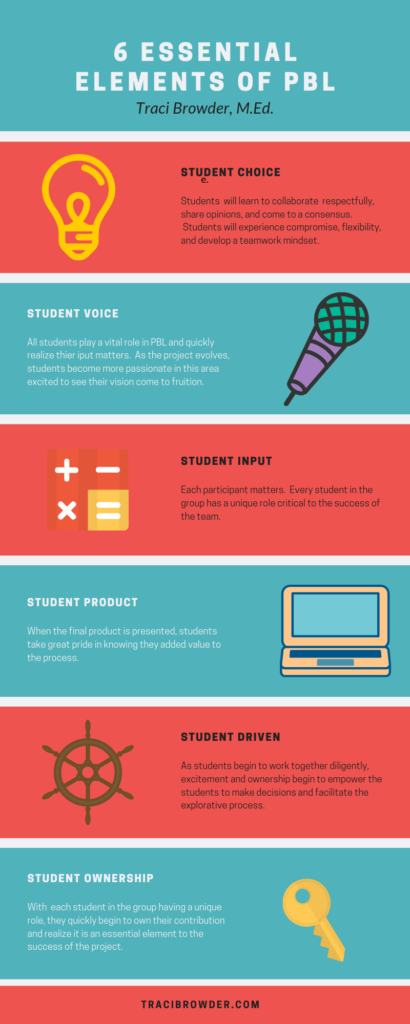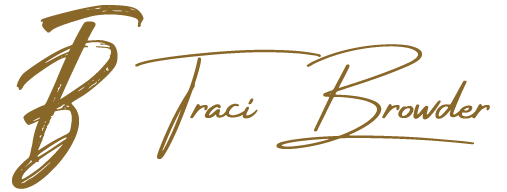
Looking for a way to have maximum student engagement?
What if I told you there is a way to get students so excited about learning that they will not want to stop working, they can’t wait to get to class, they don’t want to stop for lunch, and would rather work than go to recess?
Think there is no such thing?
Think again.
Meet PBL.
Proper name: Problem Based Learning
What exactly is PBL?
Problem based learning is also known as project or inquiry based learning. It is a student driven, teacher guided process in which students identify a problem, a need, or a topic of interest requiring research and exploration. Students also determine the methods and modes of exploration. Students collaborate and decide on the final product, its’ purpose, and how it will be used by or shared with others.
First word of advice:
Don’t worry about what other teachers may think. There’s this silent rule that makes it difficult for teachers who are part of a team to be innovative, to think outside of the box. That’s for a later post. So what I’ll say right now is be courageous.
When hesitancy or doubt creep in, instead of thinking, “What if I fail?”, realize you will have already succeeded by trying.
There is no playbook.
You get to write your own rules!
And that’s exactly what I did.
Where do you start?
Make it personal.
Is there a problem affecting your students, the grade level, the school, or the community?
Is there something that piques students’ curiosity?
Have you noticed a group of students in your class who have similar interests?
These are only a few catalysts to jumpstart your efforts in PBL.
PBL runs at its maximum effectiveness and efficiency when the 6 Essential Elements of PBL are in place.

6 Essential Elements of PBL
1. Student choice.
2. Student voice
3. Student input.
4. Student product.
5. Student driven.
6. Student ownership.
These elements must be in place first and then you can establish expectations.
Join me in Part 2 of PBL Full Circle to learn about setting expectations.
This is the first part of this series. I wanted to give this post a title fitting to what my kids experienced and out of that desire PBL Full Circle was born.
Quick back story.
My kindergartners last year completed a highly successful PBL experience surrounding what my incoming kindergartners would need to know, be able to do, how our classroom functions, and more. This post gets “Full Circle” in its’ title because of the unique culmination of this particular PBL experience. The culmination will be revealed in later segment of the series. Trust me, it is a must read and will set you on fire for PBL like you never thought possible!
In this series, I will walk through the process of having PBL run effectively in the classroom. Teachers of all grade levels, not just kindergarten, will understand roles and responsibilities of students, the teacher, and how to maximize engagement of all learners.
By now, I’m hoping you’re thinking, “Ok, I’m willing to give this a try.” Keep coming back for upcoming segments in this series. The videos embedded in this post are a must watch and you will not believe that these were kindergarten students! They can be YOUR students, too!
Where you are in the process of problem/inquiry based learning?
Are you thinking of trying PBL? What’s holding you back?
What topic do you think your students would pursue?
Have you tried it before? How did it go?
Questions you’d like to see addressed in upcoming segments? I’d love to hear them! Share in the comments section.
